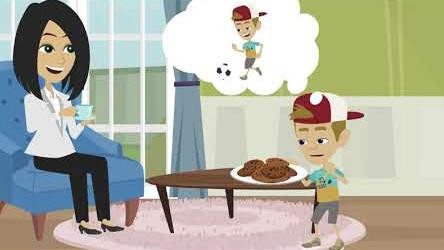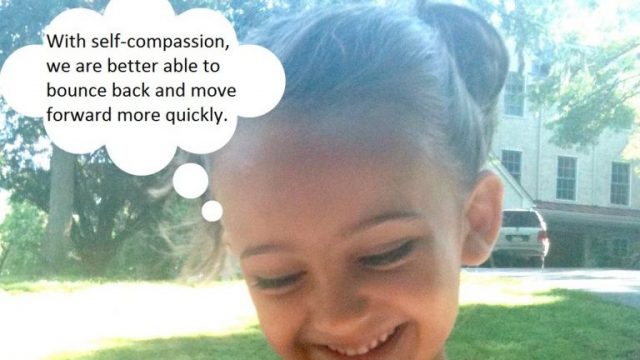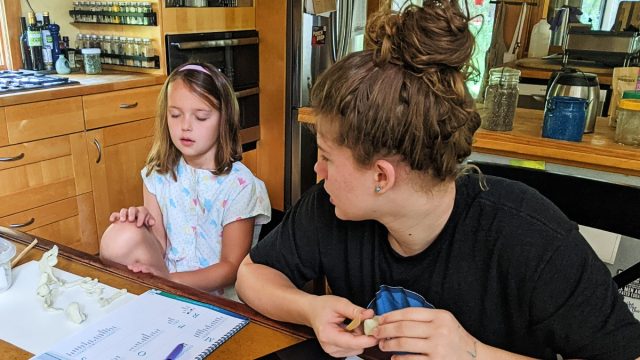The Creativity Continuum

The word creative is a real overarching umbrella term; taking on multiple meanings and associations. Artistic, inventive, innovative, imaginative, identifying hidden or undiscovered patterns and ‘thinking outside the box’ are many attributes that may come to mind when one considers creativity. It is a fascinating and versatile trait to both possess and explore within our lives. Within literature discussing neurodiversities there have long been links and connections between dyslexia and creativity/artistic flair. Whereby, dyslexics are seen as particularly creative and imaginative thinkers. Delving and investigating into these links, this post aims to uncover and explore this ‘creative potential’ amongst dyslexics.
Why might a dyslexic individual be especially creative? Research and literature strongly suggests that dyslexics strive to find creative solutions and coping strategies for tasks and situations they find difficult and strenuous. 1 This can include expressing their thoughts and ideas verbally or through pictures and images rather than via written words. In addition, individuals may develop ‘spelling hacks’ and unique way to learn difficult words to spell, such as breaking words into smaller more memorable words, using mnemonics, and even rhymes. Moreover, many dyslexics are excellent visual and/or spatial thinkers. This means they often learn, process information, and work best using pictures, images, and demonstrations, compared to reading and memorising large amounts of written text. For all those belonging to the neurodiverse community, identifying and focusing on individuals’ strengths is vital. If an individual excels in creativity, this should be encouraged and praised to allow the person to further explore their creative potential and energy.

When considering creative abilities it is very easy to focus merely on stereotypical ‘art based’ activities, such as traditional painting on a canvas. Instead, the term ‘creative’ ought to be looked at more holistically and how it can be used and adopted in all aspects of human life. Designing, drawing, building, photography, fixing, cooking/baking, music, and songwriting, performing, organising, and both journalistic and academic writing are all activities and occupations that require creative thinking. With particular regards to dyslexia and writing, even if the spelling and grammar is not perfect it is the creative spark, content, quality, and style of writing that one should primarily focus on. Therefore, dyslexic individuals ought to allow their creativity a ‘license to roam’ and explore new ideas within their personal lives, educational interests, and workplace environments. In discovering how they work best, dyslexic individuals can become extremely efficient and effective workers/learners in a wide variety of roles, academic disciplines, and occupations.
These links and connections between dyslexia and creativity may be grounded in theoretical speculations. However, some empirical real-life research has been conducted. Intriguingly, I found a study that compared the results of a ‘creativity test’ between dyslexic participants and a control group of non-dyslexic participants.2 Interestingly, results identified that dyslexic participants performed significantly better at a connection task within the creativity test. This connecting ability refers to an individual being able to link, associate, and establish relationships between different elements that other non-dyslexics may not be able to see or/and perceive. Subsequently, this ‘connecting creativity’ may allow dyslexics to consider phenomena and find solutions, relationships, or patterns that have not yet been uncovered. Crucially, this stresses the remarkable cognitive creative skills dyslexics can possess; emphasising the benefits and rewards dyslexia can yield.
Associations and connections between creativity and dyslexia have long been present, however these have been shrouded in mystery and speculation. Both theoretical thought and empirical real-life research does appear to suggest that dyslexics can possess a natural propensity and aptitude to creative thinking; with particular emphasis on connecting new ideas and concepts. Crucially, this ‘creative potential’ is applicable to a multitude of areas of human life, including the workplace, education/learning, and the pursing of personal interests. At first glance, many may think only of the negatives that dyslexia can bring to one’s life. Yet on the contrary, this creative and artistic license can be a massive positive impact and stepping stone for success for dyslexics.
References
- Creativity and Dyslexia by M Lunney (2016) accessed on 3rd July 2020.
- Cancer, A, Manzoli, S & Antonietti A. (2016). The Alleged Link Between Creativity and Dyslexia: Identifying the Specific Process in which Dyslexic Students Excel, Cogent Psychology, 3 (1).









